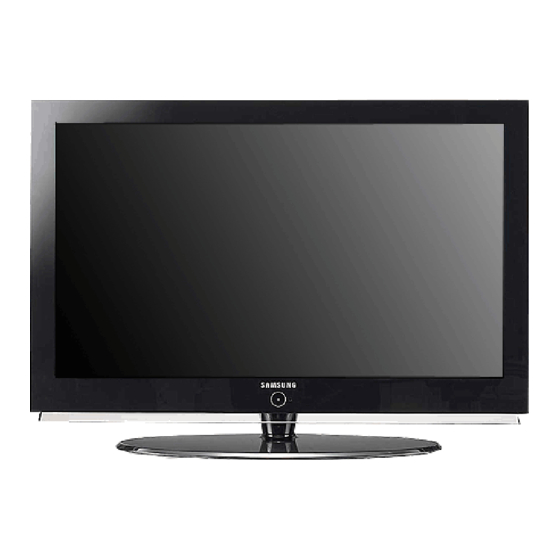
Samsung LN-S4096D Owner's Instructions Manual
Tft-lcd television
Hide thumbs
Also See for LN-S4096D:
- Owner's instructions manual (380 pages) ,
- Owner's instructions manual (380 pages) ,
- Owner's instructions manual (380 pages)









Need help?
Do you have a question about the LN-S4096D and is the answer not in the manual?
Questions and answers